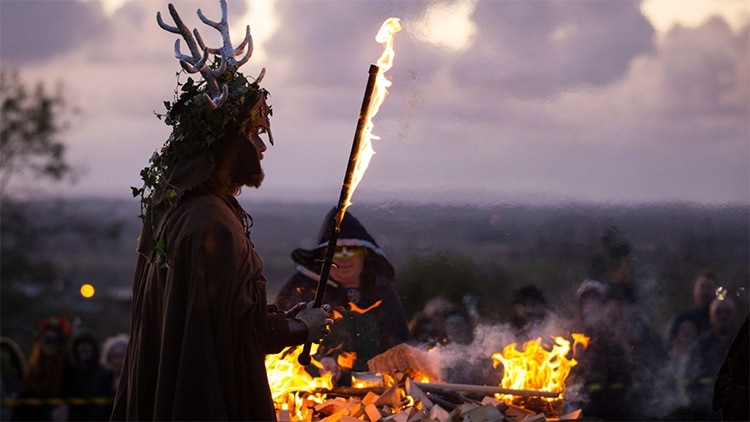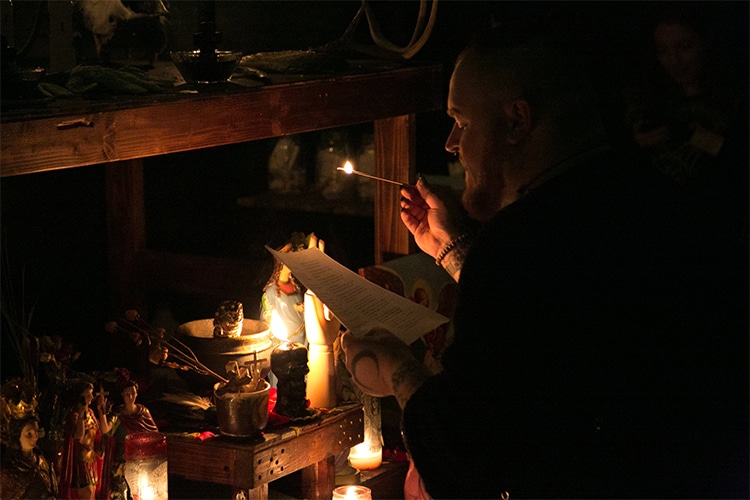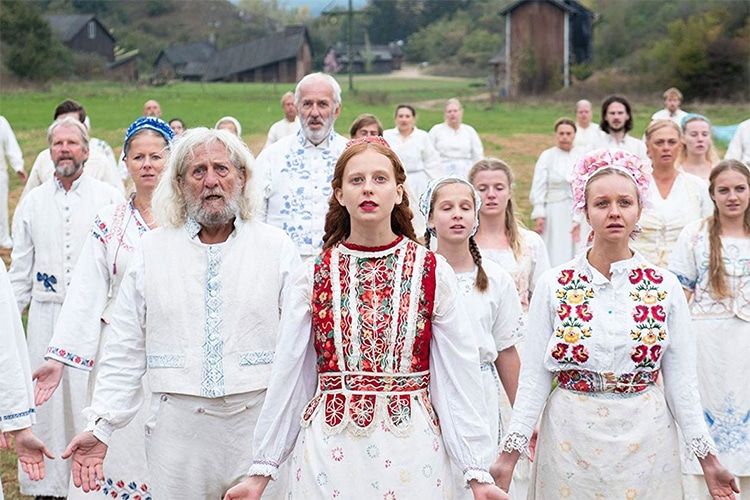Of course, we have all wondered what paganism is, which we have been hearing about for years, sometimes while reading history, sometimes while researching on theology, and which we frequently encounter in movies, TV series, literary works and many other places. What is paganism, which has penetrated into popular culture and aroused curiosity with its mystical air? What does he believe? Who is a pagan? Let’s see together.
What is paganism?
In its simplest terms, it is a non-dogmatic form of belief. Paganism is known as polytheism and idolatry in Turkish, although this information is partially correct, it cannot fully describe the belief. Paganism is outside of the main world religions and is defined as a pre-Christian religion, and it has also influenced the birth and rituals of other beliefs, mainly Christianity. Paganism according to the Pagan Federation: a polytheistic or pantheistic nature-worshipping religion.
What does pagan mean? Who is a pagan?
The followers of the religion of Paganism are called Pagan, again the definition of the Pagan Federation, Pagan: a follower of a polytheistic or pantheistic nature-worshipping religion.
The word Pagan originally comes from “Paganus”, which means peasant and countryman, and was also used by the Roman army to describe the people. In fact, the first Roman Christians began to call all provincials who believed in Christianity and pre-Christian religions Pagan. According to these Christian communities, Pagans were likened to the devil disguised as a human and wandering around in society to mislead people, since these communities, which are also polytheistic, because the rural people have a longer habit of being attached to them than the urban people and continue their rituals, they refuse to join the “Army of God”.
For centuries, the word Pagan was also used as an insult among people and communities who believed in monotheistic religions; even with Protestants and Catholics using this word as a form of insult in their quarrels, the word Pagan also began to be used to mean “person who believes in false religion”. At the beginning of the twentieth century, the word’s primary meaning came to be referred to as “atheist”, “agnostic”, “hedonist”, “religious”, and later as “barbarian”, “ignorant”, “rude”.
There are many people today who proudly call themselves “Pagan” and they use the word differently than most mainstream Westerners do. To most Pagans, “Paganism” is a general term for polytheistic religions old and new. Pagans also state that the overwhelming majority of all people who have ever lived are Pagan, and they believe that there is tremendous spiritual understanding and power to be gained from following the Pagan path.
What does paganism believe in?
Paganism covers a wide spectrum of ideas, but these include the beliefs of the general majority. Recognition of the divine in nature is at the heart of Pagan faith. Pagans are deeply aware of the natural world and see the power of the divine in the ongoing cycle of life and death. Most Pagans are eco-friendly and try to live in a way that minimizes damage to the natural environment.
Pagans worship the divine in many different ways, through feminine and masculine images, as well as genderless. The most important and widely recognized of these are the Gods and Goddesses (or pantheons of Gods and Goddesses), whose annual cycle of reproduction, birth, and death defines the Pagan year. Paganism strongly emphasizes the equality of the sexes. Women play an important role in the modern Pagan movement, and many Pagan ceremonies feature Goddess worship. Paganism is not based on doctrine or ritual. Many pagans believe in “do what you can if it doesn’t hurt anyone”. Pagan theology that follows this code is primarily based on experience, the purpose of Pagan ritual being to make contact with the divine in the world that surrounds them.
Pagan Sects
As in many monotheistic religions or polytheistic religions, Pagans also believe in some formations that we can call sects. In fact, we can say that these differences of belief are characterized by Pagans describing different belief systems with different terms, rather than sects. All of these views are the same. Pagans generally describe themselves in three different terms.
- Paleopaganism
- Mesopaganism
- Neopaganism
Paleopaganism
Paleopaganism is a general term for ancient polytheistic, nature-centered beliefs of Europe, Africa, Asia, America, Oceania, and Australia. They are practiced as intact belief systems. It is especially noted and important that beliefs and rituals continued undisturbed under any major religion in Paleopaganism. It falls into this category, although many members of faiths such as Hinduism, Taoism, and Shinto, which have millions or even billions of followers around the world, are reluctant to use the term.
Mesopaganism
The term Mesopaganism was originally coined to categorize modern Paganism. Mesopagan religions are actually Paleopagan or native Pagan religions that were influenced by Monotheistic, Dualistic and Nontheistic beliefs. The influence of other religious beliefs and rituals on Mesopaganism is also frequently seen, and this is even criticized by some other Pagan groups. This belief also includes religions such as Christo-Paganism and the Voodoo belief that moved to the Americas through immigration from Africa. Besides, Sikhism, Freemasonry, Spiritualism and many Wiccan sects can also be included in this category. There are at least a billion Mesopagans alive today who worship their gods.
Neopaganism
“Neo-Paganism” is also referred to as modern Paganism and contemporary Paganism. It is a general term for a variety of movements, both organized and (usually) unorganized, since 1960, but the idea is said to have its origins in the 1800s. Neopaganism is not tied to a single belief style, it includes many different scriptures and different forms of worship, but most of these terms have similarities with each other.
Some Neopagans interpret the beliefs of ancient Pagan religions in a contemporary way, while others accept them as they are. These people also take care to revive the spirituality and rituals of indigenous and ethnic religions. Neopaganism was also linked to the New Age movement for a time, and researchers have highlighted their similarities and differences. The academic side of pagan studies began to coalesce in the 1990s, which emerged from disparate sciences over the previous two decades.
Paganism in Popular Culture
Today, Paganism has started to appear frequently as a popular culture reference, especially in horror films, the esoteric and mystical aspect of Paganism has been used to integrate the audience with the subject and to capture a more frightening atmosphere. Ari Aster’s horror-thriller Midsommar, which has been very popular lately, was about what happens to a group of young people who go to a village that still maintains its Pagan traditions and has rituals.
In the film, while the respect and integrity of Pagan people to nature are handled with incredible cinematography, we can also realize how different belief systems the ancient cultures and rituals contain compared to today. In his previous movie, Witch, the director was also dealing with the relationship of the pioneers who went to America with witchcraft, which was also about Paganism. Although Midsommar actually seems to have an original concept, it is almost identical to the 1973 British movie Wickerman. Apart from these films, Paganism was also treated in popular productions such as The Ritual, The Shrine, The Mist of Avalone. Apart from this, Tarot cards and fortune-telling, which we often see in our daily lives, are practices that have survived and continued from Pagan beliefs.
Related Content: What is Zoroastrianism? Who is Zoroaster? Why and How Did It Appear?




















